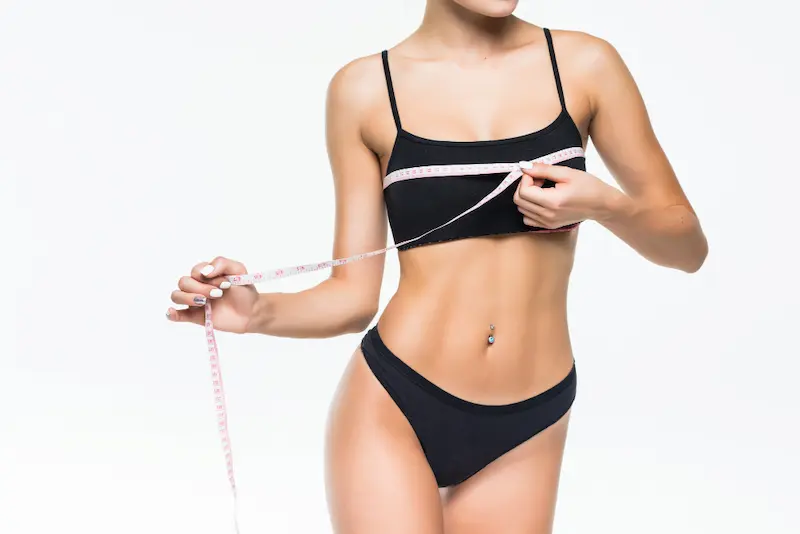
Blog
How to Find Your Perfect Bra Size

If you’ve ever wondered why a bra that “measures right” still feels wrong, you’re not alone. Bra fitting is half science, half style intuition. Use a tape for accuracy, but let your body’s fit feel have the final say. That balance is what delivers all-day comfort and real support.
Start with a quick measure at home. Wrap a tape snugly around your underbust (right under the bust). This gives you a starting band size. Then measure around the fullest part of your bust for your bust number. We’ll use these two to estimate size—then we’ll fine-tune by feel.
Underbust → Band (India/UK sizing)
Round your snug underbust to the nearest range below to choose a starting band. No old “add 4” tricks—modern fitting doesn’t need that.
Underbust (in Inches) | Suggested Band Size |
|---|---|
26.0 – 27.6 | 28 |
27.6 – 29.6 | 30 |
29.6 – 31.6 | 32 |
31.6 – 33.6 | 34 |
33.6 – 35.6 | 36 |
35.6 – 37.6 | 38 |
37.6 – 39.6 | 40 |
List goes like this.
Now estimate your cup by subtracting band (underbust) from bust. The difference points you to a starting cup. Keep it simple and focused on the most common sizes.
Have an example, If your bust size is 32 and underbust size is 28, it means 32-28=4. Hence you need a B cup. Check out the Table.
Difference (bust – band) | Cup Size |
|---|---|
2.5 to 3.5 inches | B Cup |
3.5 to 4.5 Inches | C Cup |
4.5 to 5.5 Inches | D Cup |
Treat these as reference points for your “how to measure bra size at home” step, not rigid rules. Sizes vary by brand, fabric, and style. Sometimes even same brand different designs can give you different fits, specially if you are trying a non padded bra with a padded bra. Sometimes you may need a larger cup in case of trying a padded bra. so we always return to the fit feel.
Fit feel decides (the expert test)
When you try the bra on, close it on the first (loosest) hook. New bras relax with wear; starting on the first hook lets you move inwards as the band naturally stretches over time. Next, check the comfort cues: the band should sit level and firm without digging, cups should hug smoothly with no spillage or gaping, and straps should support without carving into shoulders or slipping off. If one part feels off, adjust the size or try a sister size (e.g., if 34C is close but the band feels loose, try 32D; if 32D is tight in band, try 34C).
Common mistakes (and quick fixes)
A too-loose band masquerades as comfort but steals support—tighten the band or drop a band size and go up a cup to keep volume (32D → 30DD/30E, though we’re focusing on B–D, this principle helps the try-on). Cup spillage means go up a cup or try a fuller-coverage shape; gaping usually means down a cup or switch to a contour style. If straps do all the work, the band isn’t doing enough; fit the band first, then lightly adjust straps.
Final word
Think of the bra size chart (India) as your map and fit feel as your road test. Use the tape for a confident starting point, then let comfort seal the decision. Re-check your size every few months—hormonal shifts, fabric stretch, and lifestyle changes matter. Today’s collections—seamless, padded, full-coverage, and sports—make it easier than ever to match both size and lifestyle. Modern brands, including CherryVi, champion that philosophy: accurate measurements to guide you, and a beautifully comfortable fit to make the final call.










